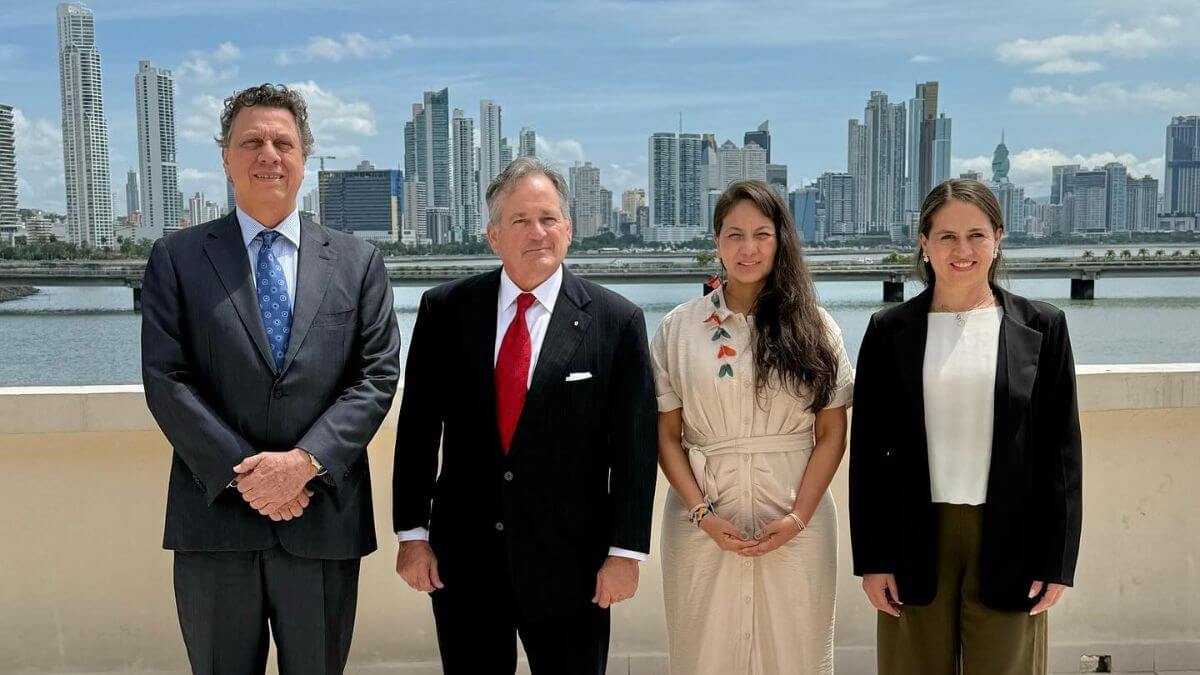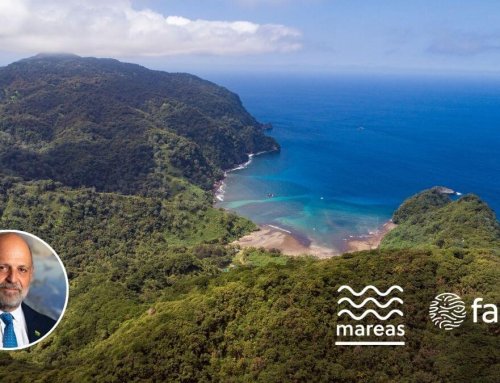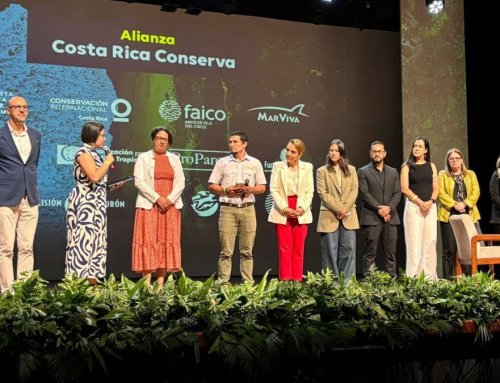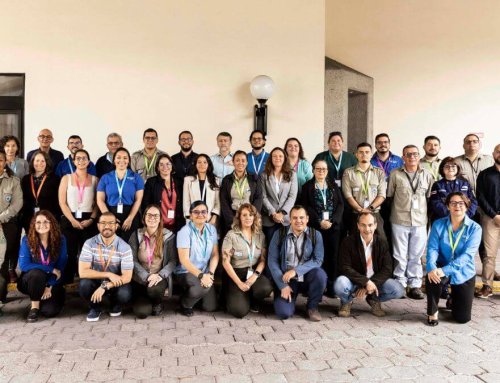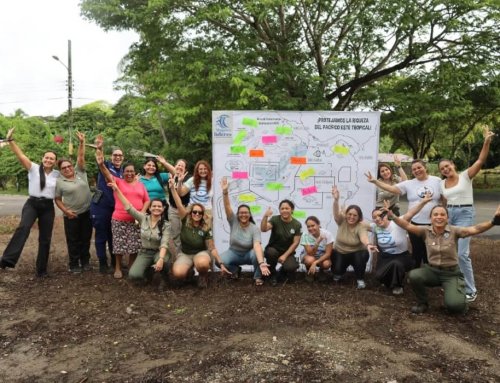Panama Hands Over Pro Tempore Presidency of the Eastern Tropical Pacific Marine Corridor (CMAR) to Colombia
- Executive Technical Secretariat will operate with permanent headquarters in Panama City.

Panama City, April 25, 2025. In an official ceremony held at the Ministry of Foreign Affairs of Panama, the Minister of Environment of Colombia, Lena Yanina Estrada Asito, assumed the Presidency of the Eastern Tropical Pacific Marine Corridor (CMAR), taking over from the Minister of Environment of Panama, Juan Carlos Navarro. This event was carried out in accordance with the guidelines of the Declaration of San José, signed on April 2, 2004, through which the CMAR was established as a voluntary cooperation initiative for marine conservation among Ecuador, Costa Rica, Colombia, and Panama.
CMAR is one of the most important biodiversity epicentres in the world and covers an area of 643,586 km2. This Corridor is made up of 10 core marine protected areas, of which four are UNESCO World Heritage Sites: Galapagos National Park and Marine Reserve (Ecuador); Cocos Island National Park (Costa Rica); Malpelo Fauna and Flora Sanctuary (Colombia); and Coiba National Park (Panama), and additionally, Hermandad de Ecuador Marine Reserve; the Bicentennial Marine Management Area of Costa Rica; Gorgona National Natural Park, the Yuruparí-Malpelo National Integrated Management District, and the National Integrated Management Hills District and Marine Seamounts of the North Pacific Basin in Colombia, and the Cordillera de Coiba Managed Resources Area of Panama are included.
These areas contribute to maintaining the ecological connectivity of the Eastern Tropical Pacific by facilitating the migratory routes of many species, such as sharks, rays, sea turtles, whales, and dolphins. In turn, the region supports essential livelihoods for millions of people through activities such as fishing and tourism.

During the meeting, the Ministers of Environment addressed strategic issues for the strengthening of CMAR, among them, the construction of the 2025-2035 Action Plan, the formalization of the transfer of the Pro Tempore Presidency and the progress towards greater regional institutionality, with the consolidation of the Permanent Technical Secretariat in Panama.
Juan Carlos Navarro, Minister of Environment of Panama and outgoing Pro Tempore President of CMAR, highlighted that two decades ago, with the signing of the Declaration of San José, in Costa Rica, member countries laid the foundations for CMAR as an innovative platform for marine governance aimed at cooperation, coordination, and intergovernmental management of the conservation and management of marine resources in the Eastern Tropical Pacific.
“CMAR is one of the most ambitious and strategic regional marine conservation and sustainable use initiatives on the planet. Panama is pleased to have promoted and led our common efforts to protect the Eastern Tropical Pacific for the last 3 years, together with Ecuador, Costa Rica, and Colombia. Now, the challenge is to consolidate CMAR; to make it the world’s first largest transboundary marine biosphere reserve; to consolidate a new Permanent Secretariat in Panama to appoint a new Technical Secretary; and to take the project to a higher level, with the continued support of the Bezos Earth Fund, PEW, WILD AID, RE WILD, Fundación PACÍFICO, MARVIVA, and now GEF, among other key partners in the region,” added Minister Navarro.
For her part, the Minister of Environment of Colombia, Lena Yanina Estrada Asito, thanked Minister Navarro for his management and great progress of CMAR under the Presidency of Panama and stated:
“From the Ministry of Environment of Colombia, together with National Natural Parks, we will promote the internationalization of the Corridor, since there are valuable lessons learned that can contribute to the negotiation and compliance with international commitments in environmental matters, including the Convention on Biological Diversity and its global biodiversity framework, the Convention on Biodiversity beyond jurisdictional areas and the Framework Convention on Climate Change.”
Likewise, Minister Estrada Asito declared:
“We must ensure that CMAR is an initiative that contributes to the improvement of the living conditions of coastal communities, many of them ethnic communities that have historically been forgotten and violated. We must ensure that all the actions are carried out with these communities, strengthening an approach that assigns the benefits of regional action to a territory”.
Permanent Technical Secretariat
CMAR takes a significant step in the process of institutional improvement and functioning, with the establishment of the permanent headquarters of its Technical Secretariat in Panama City. This technical body will be responsible for supporting the implementation of the decisions adopted by the four member countries and will facilitate coordination between them and the other parts of the initiative.
The decision to establish a permanent headquarters for the Technical Secretariat responds to the need to ensure a stronger and more sustainable governance structure for CMAR, allowing for greater continuity and effectiveness in the execution of its objectives, as well as in the coordination among member countries.
Thanks to this, CMAR ensures greater efficiency in its management, through joint work in the region, aligned with global conservation objectives. Not only will CMAR’s capacity to coordinate efforts at the regional level be strengthened, but it will also allow for greater international presence and visibility in promoting its conservation and sustainable use goals.

